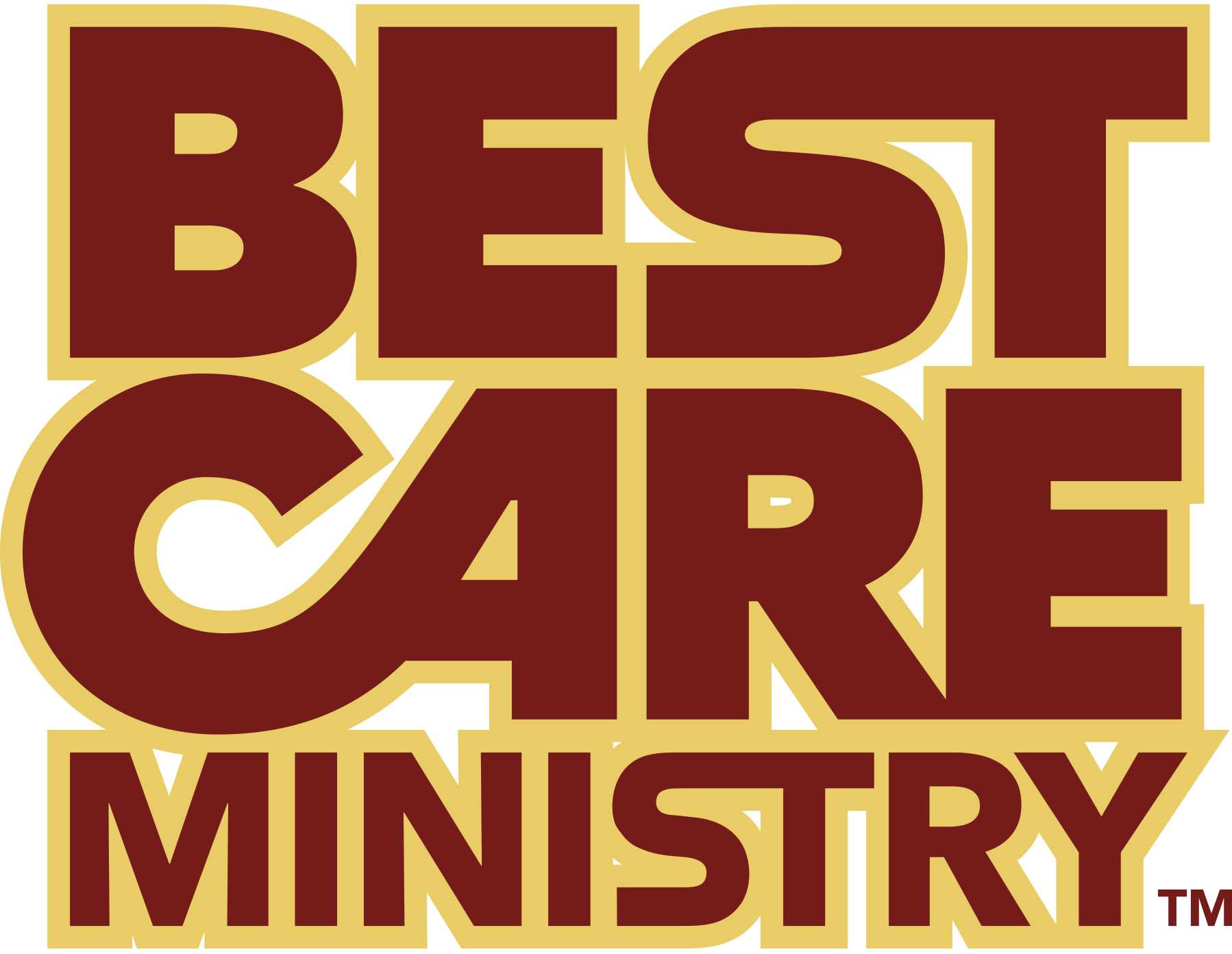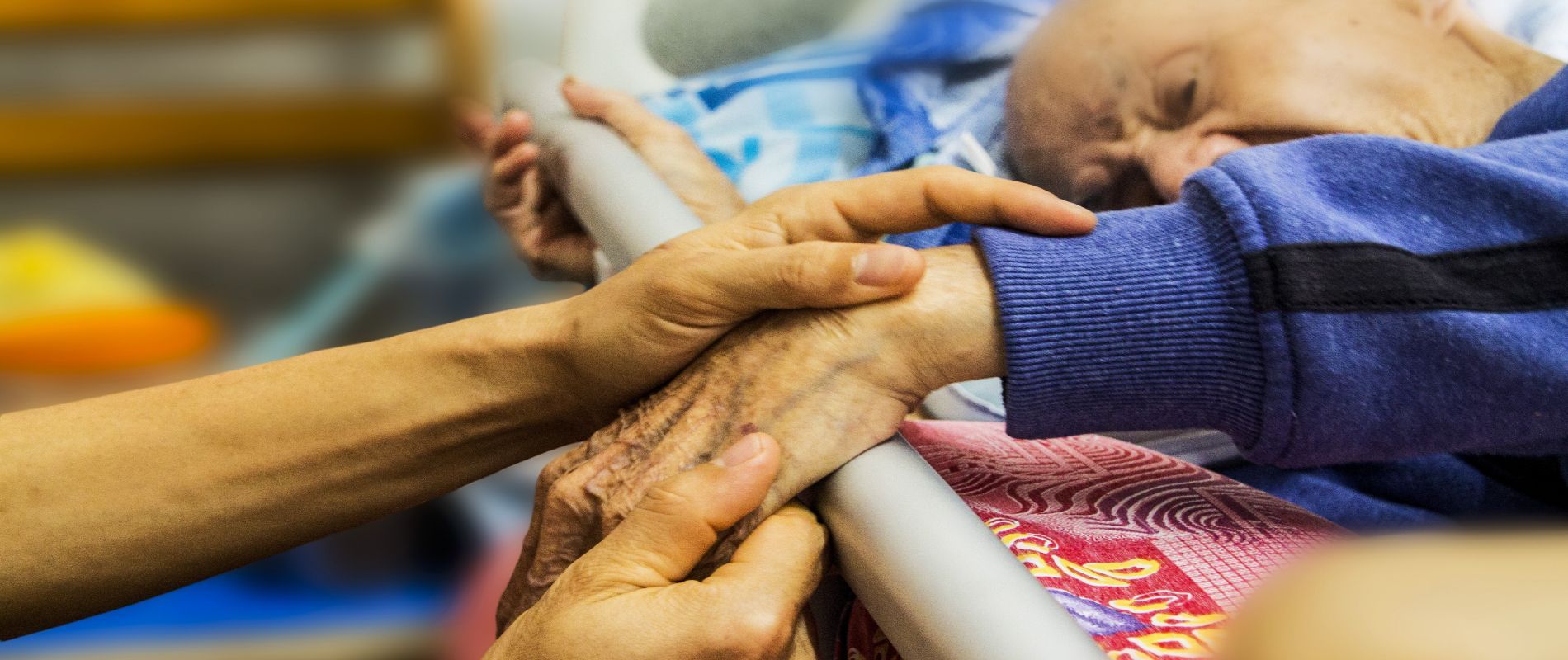Intensive care can overwhelm a group without a good plan.
Here is a resource to develop a good plan.

Most small groups, or even churches, are not adequately equipped for intensive care.
Churches care about people, but that does not mean they know how to care for people.
Small groups that are made to provide care for people in a congregation, often, are not really set up to care for people with long term and specialized needs. The structure and agenda of the church and/or small groups is primarily about how to help things run smoothly with people who fit into the structure. Instead of bringing our difficult needs that present a challenge, we are expected to be low maintenance and make a contribution.
One of my good friends had twin daughters. Colds or flu went through the family but one of the twins got seriously ill. Her condition worsened and to the shock and horror of her parents, their baby girl died. We all grieved with them and their grief was overwhelming. Over the years and through their grieving process they reengaged with life and were able to function in a successful and happy life.
But, even as they recovered, and when they needed care the most, they avoided small groups. The crowd-breakers and tell us about your family introductions or answering the question, "tell us your biggest challenge" were be too heavy for the average group to bear.
Special needs, also, often overwhelm groups. It is common for a family with an autistic child to avoid church altogether.
There is help.
Thankfully there are organizations with skilled and compassionate people that help churches and groups prepare to care effectively, even for needs as intense and demanding as a special need. Many times, their passion has grown from their own experience.
Tory White, is a speaker, trainer and writer of materials that will help your ministry deal with intense needs. WITH MINISTRIES is the organization she works for -- www.withministries.org. If you subscribe to their Access for $15/month you will receive resources like the recording of her webinar on Community Teams.
Following is practical information about Community Teams which can apply to a church or function within a small group. Along with this material written by Tory, more resources are mentioned that you can use to organize groups that will provide intensive care.
Care groups are nothing new. Stephanie Hubach mentions them in her book Same Lake Different Boat, and there are other books entirely about care groups published in the last thirty years. One way a friend of mine describes the concept is that Small Groups are the proactive way of community support, and Interdependent Community Teams are the reactive way of meeting needs that erupt.
In Worship As One: Varied Abilities in the Body of Christ, I (Tori) wrote the chapter on Interdependent Community Teams, laying out how a 4-week rotation can work to meet practical needs. This makes the need meeting specific, time-limited, and an easy ask for a once-a-month commitment, and immediately means no one is responsible alone for meeting the need. It also means that at least 5 people are now involved, forming a diverse community of individuals who each bring their own gifts, passions, abilities, and weaknesses or support needs. There is potential for beautiful symbiotic relationships to form. In my experience as a person who needed a team, and as a person who has joined others' teams, I've experienced growth in relationship with those involved.
These teams can be how support is provided during church services, like a 1:1 buddy/sidekick/aide/partner, a ride to church, or much more. It may seem daunting to think of supporting even one individual during the few hours a week at church, let alone an entire family’s needs on an ongoing basis. However, whether for “at or around church” or extending further into everyday life here's a simple Ready-Set-Go system for activating community.
Ready?
Start with listening to what the individual and/or family are open to. Emphasize your desire that they contribute to the community, as well as your joy at coming alongside them in their situation. You may want to gather specifics about the needs you have discovered are present, so you can effectively form a community team. These are the kinds of questions you could ask: Would this family like a few meals? How often? Are there dietary restrictions? Do they need rides? When? For how many people? At this point, you may also want to pass the baton of leadership for this team to a team leader. (more on that in a moment).
Set! (the tone)
Every group of people united for a purpose needs to take time to celebrate together. This allows the group to bond, relate, relax, and refresh. And of course, food helps! Especially for a group that has continued on for many years, a regular gathering at least once a year is necessary and enjoyable. A new group should gather once initially to meet one another. It is quite likely that many of the team members don’t know one another, and some may not even know the family or individual well. They should gather again in no less than six months to celebrate what is working well and to discuss necessary changes; new ways of sharing information; brainstorming ideas for the group; whether to add, subtract, or replace team members, evaluate needs on the list, or talk about any other details. When a team is no longer needed, it can be an absolute delight to have a closing celebration as well.
Some people are better at asking for and receiving help than others. Some people are way too good at it. A community team puts structure to the needs that have been identified with the help of at least one person outside of the immediate situation and that can be met by a variety of people. The family or individual may need a bit of coaching in what is appropriate to ask for or in how to receive graciously.
Go!
We think of the roles of a community team as parts of the body. The heart is the individual or family, who is expressing needs, integral to the planning, and who is most celebrated. The central nervous system is the team leader, that person who connects the needs with the practical way to meet them, coordinates information, and communicates with everyone. Hands and feet are the other team members who are making things happen, saying yes to those tasks each can do, and saying no to the tasks that aren’t a good fit.
Where in your community is someone in need of a team so that they are not overwhelmed with caregiving, their own needs, or is experiencing a crisis?
Best Care Ministry too.
Letting you know about caring resources, including Tory White and With Ministries, is one thing I am excited to do.
Whether you are training small group leaders, deacons, or community teams to address a need, I am confident that my new material, The 7 Essentials for Caring Effectively, will equip and empower your people to care with confidence.
Your care matters. Let's build a culture of care.











